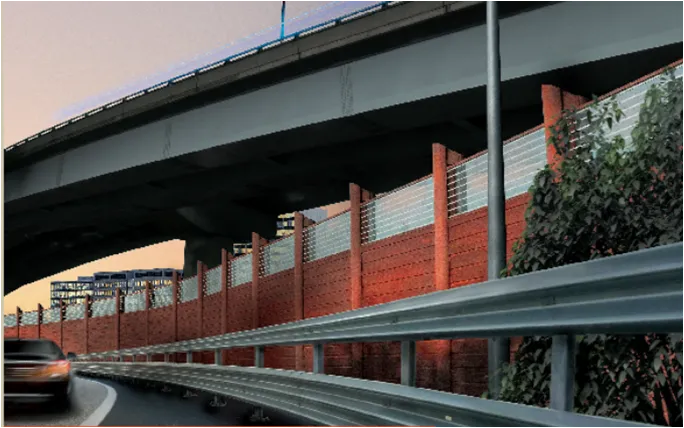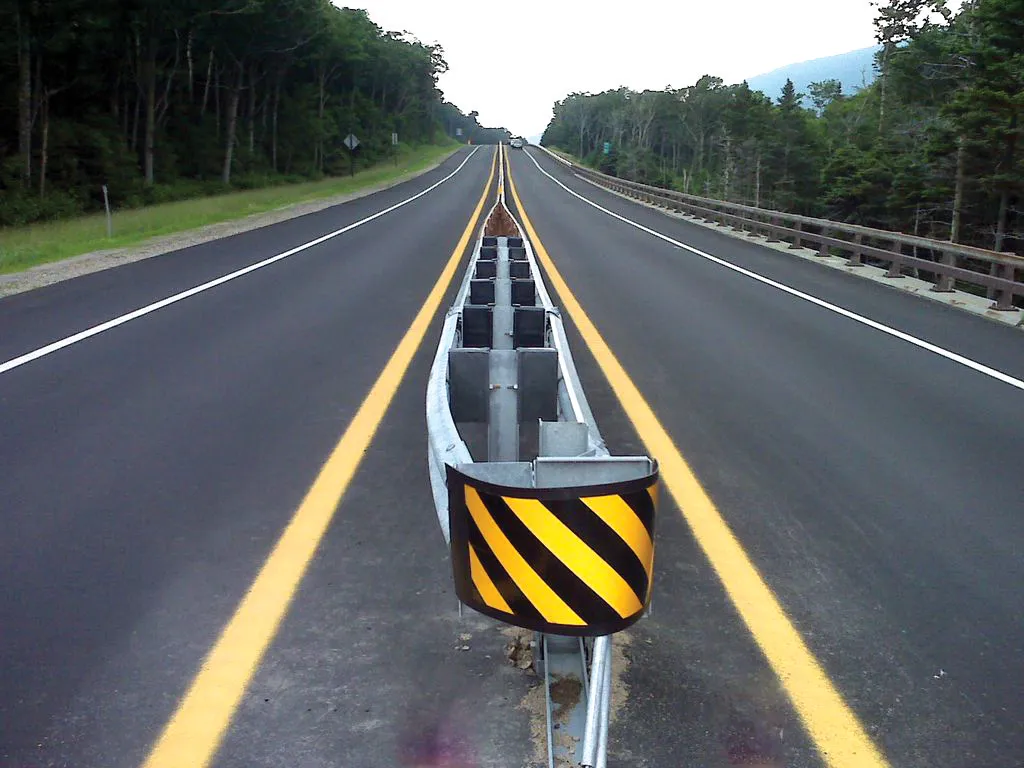
New developments in road equipment systems are the product of innovation in engineering and are helping boost safety. Despite an improvement in road safety over recent years, road accidents and their consequences remain a serious social problem.
To limit the potential of accidents, the performance of road equipment such as safety barriers and lighting poles are defined by European standards (EN1317 and EN 12767). As CE-Marking to these standards is now based on performance requirements and not on national habits, this has encouraged innovation.
According to Arcelor Mittal, the firm’s introduction of high strength steels to the barrier market offers benefits over conventional steel grades. The company says that the mechanical performance of high strength steel is better than that of commodity grades, while performance can be finely controlled during production. As a result, high strength steel solutions can be delivered that are lighter and are cost competitive.
In addition to steels which meet safety requirements, transport network owners want durable solutions for infrastructure. For steel road equipment, a new generation of metallic coatings have been developed by
In partnership with customers, ArcelorMittal has developed solutions which combine high strength steels for structural resistance and Magnelis for durability. The co-engineering projects were carried out between ArcelorMittal and Mieres Tubos (Spain). And further co-engineering projects are underway.
In Europe, the 2013 Construction Products Regulation (CPR) encourages construction works to use natural resources sustainably. While the European Commission and the construction industry are still finalising the details, some standards have already been published and applied in different EU countries. The most advanced is EN 15804, which defines the methodology to produce an Environmental Product Declaration (EPD) for construction products. An EPD enables manufacturers to assess the environmental impact of products and ArcelorMittal has already published an EPD for its construction products. An EPD dedicated to safety barriers which utilise high strength steels and new coating solutions will be published in early 2015.








